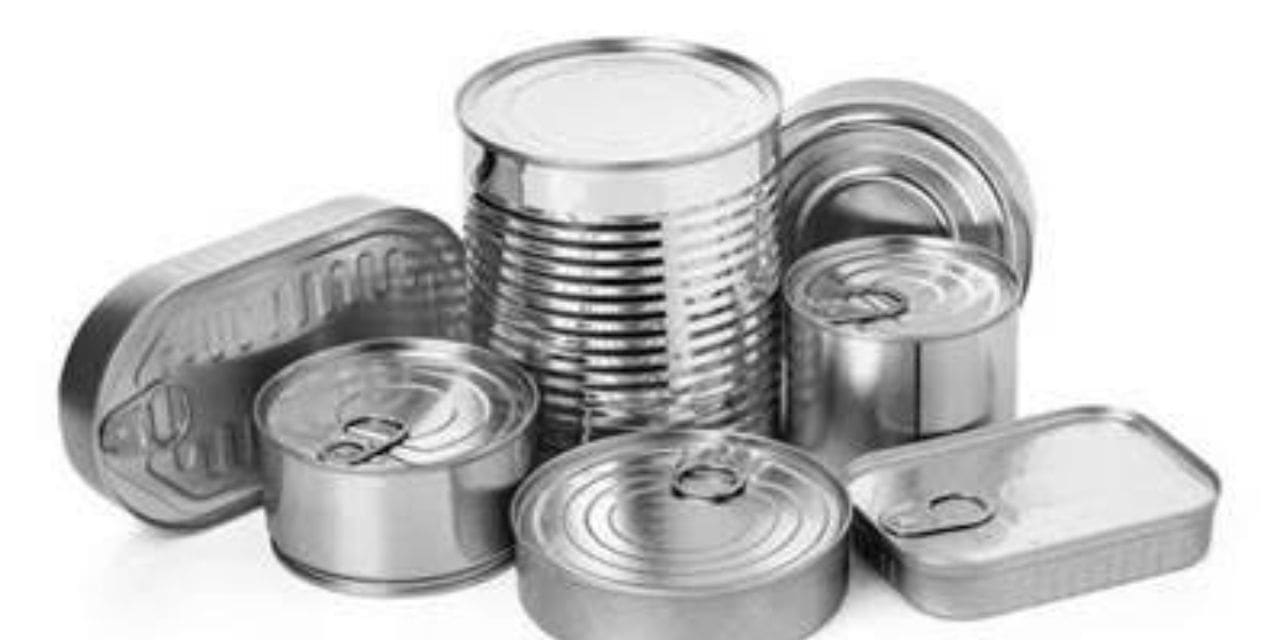The global tinplate packaging market is projected to experience steady growth at a Compound Annual Growth Rate (CAGR) of approximately 4.2% over the forecast period spanning from 2019 to 2029. This growth trajectory is driven by several factors, including the continued reliance of companies on polyester or acrylic materials as ideal substitutes for Bisphenol A (BPA).
Major players in the tinplate packaging market are increasingly offering BPA-free products in response to consumer demand for safer and more environmentally friendly packaging options. This trend has contributed significantly to the expansion of the tinplate packaging market as consumers prioritize products that are free from potentially harmful substances.
In recent years, the tinplate packaging industry has witnessed several micro-trends, particularly in response to concerns regarding the use of Bisphenol A (BPA) due to its high toxicity in end-use industries.
As a result, tinplate packaging manufacturers are increasingly shifting away from the usage of BPA and exploring alternative options. One such alternative being experimented with is Bisphenol-S (BPS). Additionally, companies are turning towards acrylic or polyester materials as replacements for BPA, offering safer and more environmentally friendly packaging solutions.
To capitalize on this trend and address consumer preferences for safer products, many companies are now showcasing their tinplate packaging products as ‘free from BPA’. This marketing strategy aims to increase demand by assuring consumers of the safety and quality of the packaging materials.
Against the backdrop of these shifts within the tinplate packaging market, the industry is expected to register a Compound Annual Growth Rate (CAGR) of 4.2% during the forecast period. These trends reflect a growing awareness and prioritization of health and environmental concerns within the packaging industry, driving innovation and evolution in packaging materials and practices.
Tinplate Packaging Market – Key Findings
· Cans segment will register a noteworthy CAGR throughout the forecast period.
· The food and beverages industry accounts for 80% of demand in the tinplate packaging market.
· Europe’s tinplate packaging market constitutes 1/3rd of the global revenue share.
· Demand for tinplate packaging will soar in South Asia during the projection period.
Tinplate Packaging Market – Key Driving Factors
· Soaring demand for cans in food and beverages is driving the growth of the tinplate packaging market.
· Proliferation of regional players is bolstering the market growth in Europe.
· Sustainable practices adopted by market leaders continue to inflate the sales of tinplate packaging.
· Decreasing raw material costs is supporting the growth of the tinplate packaging market.
· Greater emphasis on Foreign Direct Investments (FDIs) will complement the growth of tinplate packaging in South Asia.
“Bisphenol-S (BPS) continues to be experimented with by major manufacturers as an alternative for BPA. Such changes, research, and development have impelled the demand for tinplate packaging. On that premise, the global tinplate packaging market is projected to expand 1.7X through the course of the forecast period,” projects Fact. MR.
Tinplate Packaging Market – Key Restraints
· Tinplate is a relatively heavy packaging material that is restraining overall market growth.
· The opaque nature of tinplate packaging is a factor limiting market growth.
· Temporary slowdown in countries such as Italy and Spain in the wake of the COVID-19 outbreak will hamper market growth in the first half of 2020.
Competitive Landscape
Some of the key stakeholders featured in this Fact.MR reports include, but are not limited to Ball Corporation, Ardagh Group, and JSW Steel. These top players occupy the majority share in the global tinplate packaging market. Niche players are working on enhancing the recyclability and efficiency of their products. For this purpose, regional cooperation has been deemed crucial for market leaders. Top players are leveraging the declining cost of raw materials to maintain their hegemony in the global tinplate packaging market. Capacity expansion is another key strategy followed by industry leaders. For instance, JSW Steel expanded its production capacity in Tarapur (2019) to 250,000 tonnes per annum. Further, market players are trying to adjust to the new economic reality imposed by COVID-19 by revamping their policies and resources.

